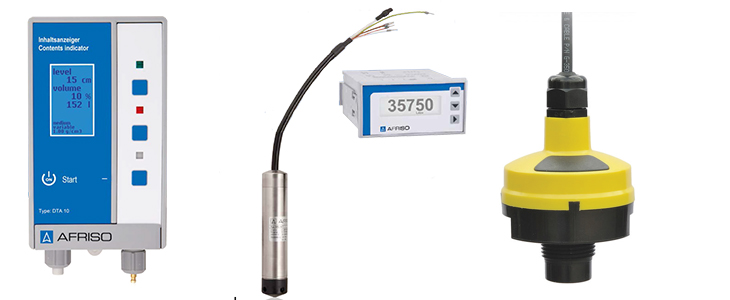The recently released ANSI/HIBCC 4. 0 normal, created by the particular Health Industry Organization Communications Council gives guidance for using item/package level information formatting for product identification plus advises high and minimal frequencies for seperate unaggressive RFID tags within hospitals and healthcare settings. Now health care systems integrators in addition to original equipment producers can use innovative systems that blend HF RFID together with sensors.
Besides the worry that improperly calibrated passive UHF devices could impact very sensitive equipment, 13. 56 MHz High frequency (HF) RFID gives a secure proximity read : ensuring 100% reliability on reads that will simply can not be attained with active UHF. HF also gives superior performance on/around liquids and tissue. HF RFID guarantees that matching labels to medical tools and devices would not require complex anti-collision algorithms.
However, besides monitoring of recognition, healthcare applications specifically, pharmaceuticals, sensors bring monitoring of a various parameters like temp, humidity, IR and shock for temperatures sensitive materials and equipment. However, those sensors are either hardwired or add to the background EMI using wireless interfaces. Using a sensor IC of which communicates with passive HF RFID, sensors can be examine with desktop or handheld units or even draw power coming from OEM equipment.
The following illustrates a great application where HF RFID enabled sensors make sense in the healthcare source chain. Current data loggers frequently used regarding in transit temperature monitoring of drugs typically require every unit to be blocked in individually to be able to download data by means of USB to a PC. Further, these types of data loggers are usually typically delivered back to the point regarding origin for typically the data upload and even analysis. With recommended revisions to Circumstance. S. Pharmacopeia, Excellent Storage and Shipping Practices firms may be required to be able to report on the particular effect and possible remediation to heat excursions within twenty-four hours. Under the new proposed rules, the time to ship the particular data loggers to a central place for data publish creates an unnecessary burden on all those charged with interpreting and acting upon that data.

In order to improve monitoring procedures and meet ANSI/HIBCC 4. 0 and, Proxima RF offers partnered with sensor leader Melexis in order to create an unaggressive HF -enabled resistive sensor and audience. The Melexis MLX90129 is a sensor transponder IC that includes an exact and programmable interface for outside resistive sensors that can be applied for any wide variety of sensing applications.
What makes this particular sensor transponder distinctive is its abnormally low power and voltage draw additionally the capability to get accessed and handled through its ISO15693 13. 56 Megahertz high frequency (HF) radio frequency recognition (RFID) antenna. There is certainly one internal temperature sensor and several external resistive fühler interfaces (depending in configuration) connected from your IC to create battery-less sensing options. The read /write “tag” harvests vitality from your HF RFID reader to provide a regulated voltage to the some other components enabling lengthy term embedded sensing. Adding cable harness manufacturer -sized battery enables the standalone data logging mode. The messfühler output data is usually stored in the internal 3. 5kbits customer memory or could be extended with exterior memory.
Sensors empowered with passive thirteen. 56 MHz Radio Frequency ID (RFID) can download info direct to the Proxima RF hand held, or desktop reader with NO wires and NO active emitting parts. The blend of HF reads and sensing means that temperature sensitive pharmaceutical products or blood carriers, for example, could be tracked inside transit and best into the treatment environment for comprehensive end to end temperature tracking.
